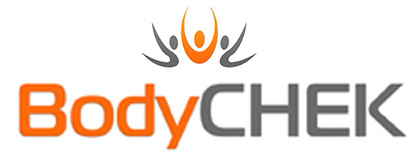In the first part of this blog-post, I discussed how important a pre-workout stretching and mobilization routine is in the base conditioning phases of training.
However, As the training becomes more intensive and moves into maximal strength, power or speed training, then this type of pre-stretching can be detrimental. If a muscle is stretched beyond its normal range or for too long, the nerve impulses that supply the muscles can be down-regulated. This means the muscles will produce less force.
Prior to maximal strength, rapid movements and competition, pre-event stretches and warm-ups should be performed. The reason this is essential is to prepare the bodily systems required prior to your workout or event to maximise your performance. By preparing the neuro-muscular system, cardiovascular system and respiratory system, you will be ready to perform at your best whilst minimising the likelihood of injury. The likelihood of injury is reduced because when muscles are warm, the tissues are less viscous and able to move through a wider range of motion and are therefore less likely to tear when moved quickly, through a wide range at speed.
You should analyse the movement patterns of your sport or workout and use warm-up exercises that closely mimic those movements.
As you warm-up, you should begin slowly and gradually increase the speed until you reach speeds close to that of your sport. By the end of your warm-up you should have a light sweat, but you should not over-do the warm-up and waste vital energy.
If you are in a phase of training that use rapid movements you should still perform corrective mobilizations and stretches. The only difference is when you perform them. You can perform them as part of your post event warm-down (cool-down) or prior to bedtime. This helps to remove metabolic waste from the muscles and anecdotal evidence suggests that stretching post exercise helps to reduce muscle soreness.
If you want more information, you might want to check out my new book, “Anatomy of Sports Injuries for Training and Rehabilitation”.
Happy stretching!
